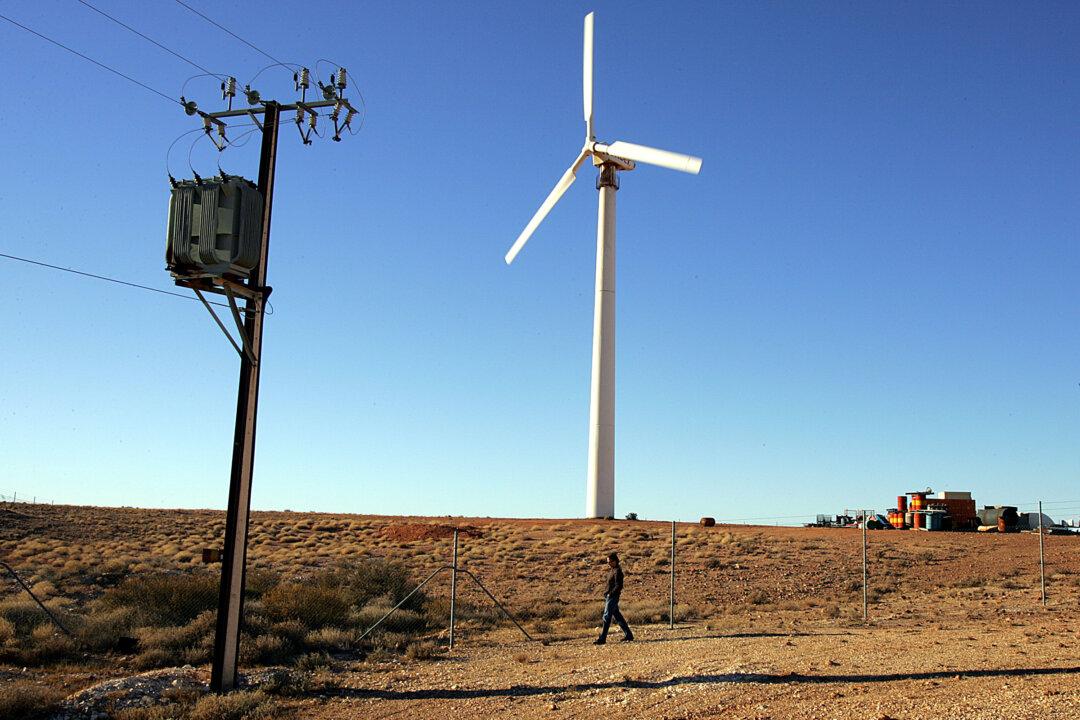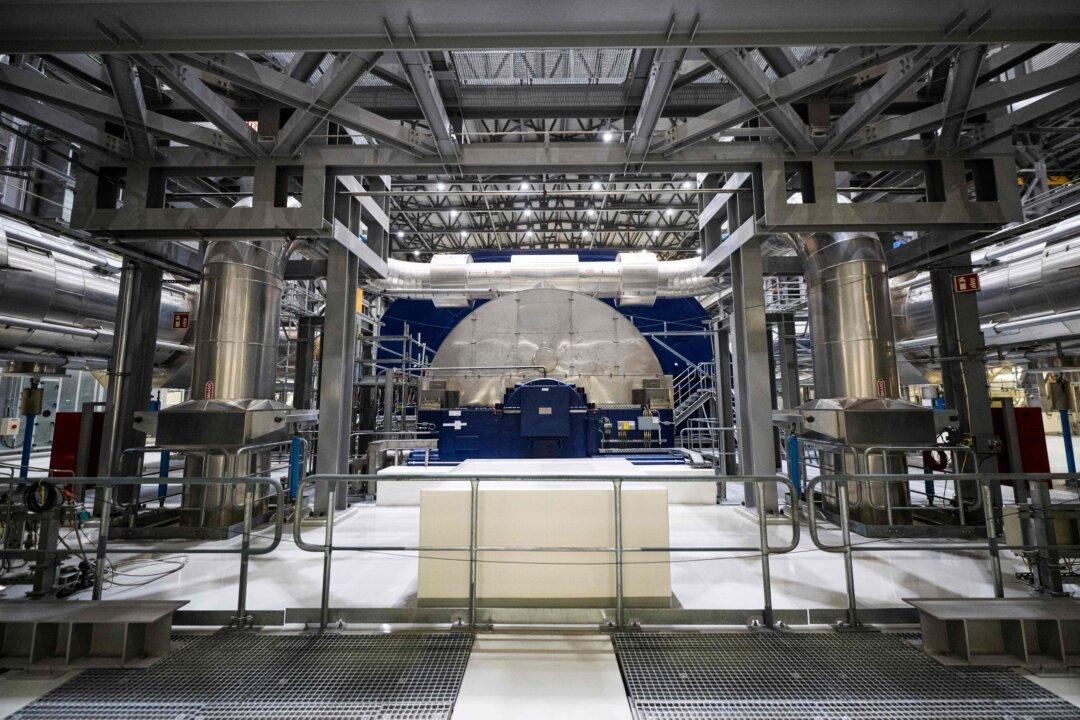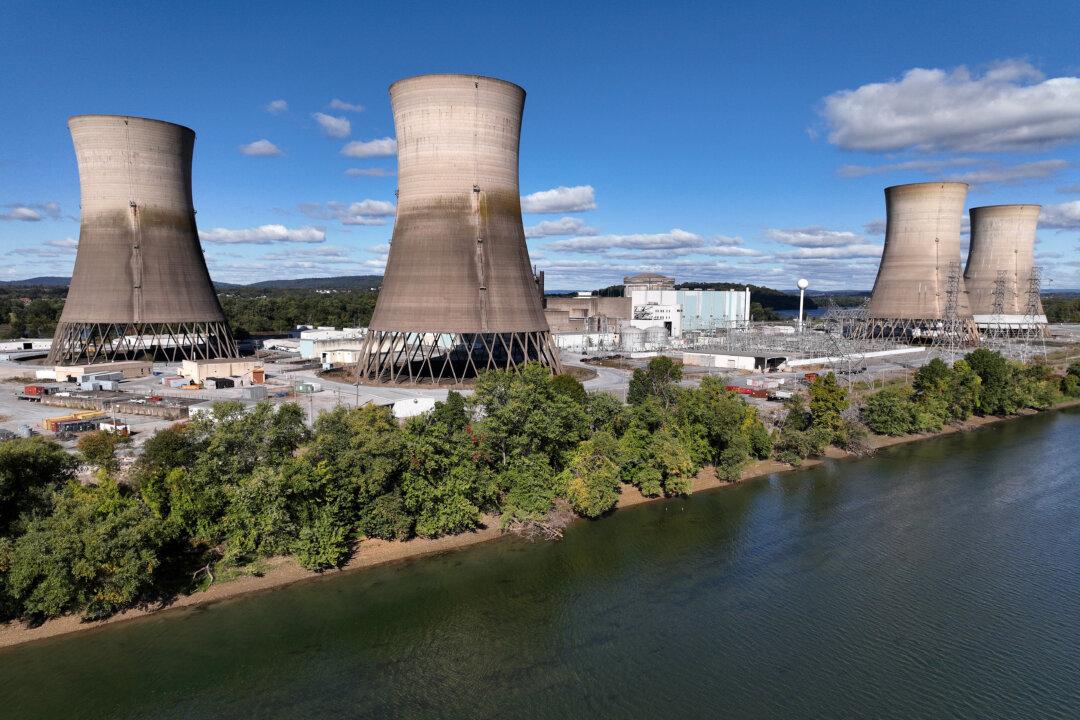Australia’s Climate Change and Energy Department has been questioned about its ability to meet net-zero targets amid recent increases in carbon emissions.
During a recent budget estimate hearing, Kath Rowley, head of the Department’s emissions reduction division, reported a slight rise in emissions from 438.4 million tonnes in the year to June 2022 to 440.8 million tonnes in the year to June 2024—an increase of 0.4 percent.
Liberal Senator Dave Sharma questioned why emissions had risen despite the government’s efforts to reduce them.
“From 2017 to 2022, I see continued [emissions] reductions year on year, but the last two years we’ve seen emissions increase,” he said.
“I’m just puzzled as to why emissions seem to be flat-lining at this.”
In response, Rowley said this was due to the impact of the COVID-19 pandemic.
“We saw with COVID, and particularly with the restrictions on the economy, and particularly on transport, a very big, unusual reduction in transport emissions between 2019 and 2020,” she said.
“That reduction continued through 2021 and 2022, and since those restrictions have been relaxed, we’re seeing transport recover just to the pre-COVID levels, which is where they are about now.
“This is where it’s difficult sometimes to distinguish the trend from the noise, and we see noise with COVID being these short-term disruptions.”
Climate Change Department Questioned About Its Ability to Reduce Emissions
Rowley also reiterated Australia’s commitment to achieving a 43 percent reduction in emissions below 2005 levels by 2030, which requires cutting emissions to 351 million tonnes by that deadline— a reduction of 90 million tonnes of CO2 over the next six years.Sharma questioned how the Department planned to reach that given the recent increases in emissions.
“We’re talking what 15 and a half million tons of CO2 equivalent per year for the next six years,” he said.
“I’m struggling to see how we start reducing given emissions have been flat for the last two years.”
Rowley said the government had introduced a number of measures to hasten the reduction of carbon emissions, including the 82 percent renewables target by 2030.
“Measures like the rewiring the nation and the capacity investment scheme are anticipated to substantially accelerate the deployment of renewables, and they'll provide the generation as coal, coal-fired generators exit the system that reduces Australia’s emissions,” she said.
The Department’s representative also gave the example of the safeguard mechanism reforms, which put binding emissions limits on more than 200 of Australia’s biggest industrial emitters, as well as new fuel efficiency standards for vehicles, set to come into effect in January.
“The fuel efficiency standards are going to accelerate the improvement in the emissions intensity of new vehicles coming into the Australian market, and will contribute further reductions in the period to 2031,” Rowley added.







